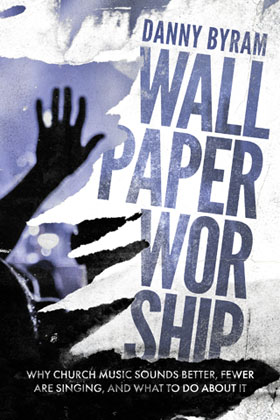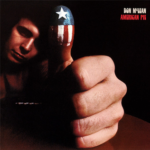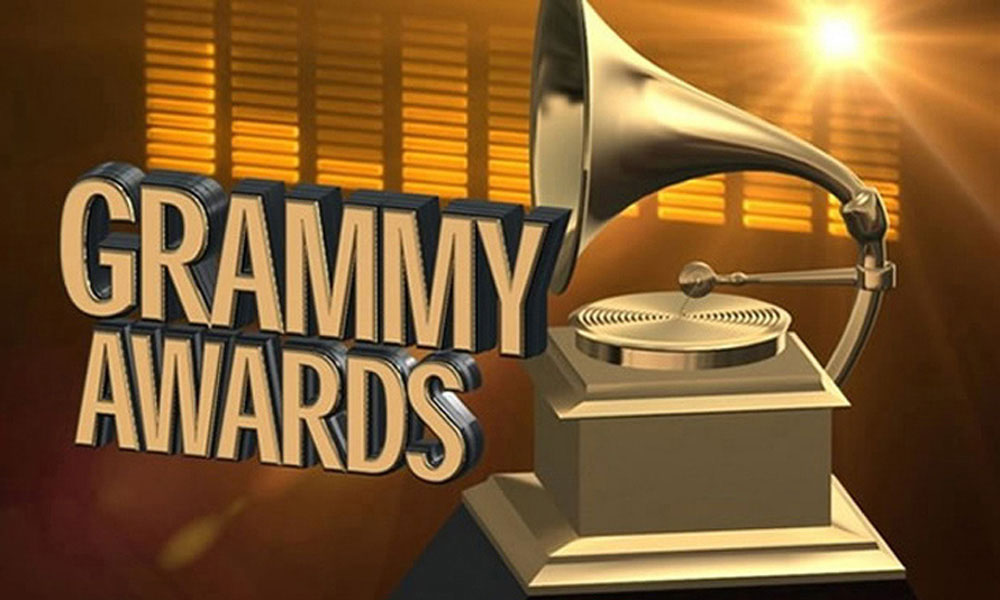
by Danny Byram | Jan 27, 2020 | christian worship, christianmusic, church, Church Leadership, Contemporary, Leadership, Music & Songwriting, pastor, praise, wallpaper worship, Worship, worship songs, worshipleader, worshipmusic
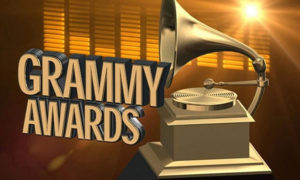
The word worship has metamorphosed. It is one of those many words floating around that once had specific meaning but has culturally morphed into new relevance. Other examples: thread, stream, post – you get the idea.
Worship used to be primarily a verb – something we did corporately or privately when we gather into a house of worship. Now it is also a noun, a traded commodity, a multi-billion-dollar industry tied to the entertainment and production-gear retail world, akin to the latest talent reality shows, playing to millions of unnamed, anonymous online fans of worship songs and worship artists. Worship has become its own style of music.
Am I cynical or a realist? Probably both. Before you go off on me with this, first consider the reactions I frequently hear from semi-professional church musicians. They cringe at playing a hymn or any music piece outside the worship model. Yet, many equally cringe with many new songs they are required to memorize. Why the cringing? Musicians will confess – quietly, behind the scenes – the musicality of worship lacks in diversity or musical creativity. In other words, if they are honest, musicians will tell you that as a style of music, worship becomes quickly rote and predictable.

Example: I had to learn the latest 12-15 most popular worship songs for an upcoming conference. I found each song on YouTube and began my rehearsal. Most start with a low synth pad sound, covered in a breathy vocal line. Then follows the rhythmic groove with guitar, bass and drums. Each track has a simple riff (ie, a basic scale pattern meant to be a musical hook played by a lead guitar or piano). Many of these riffs are so similar, it’s difficult to discern which song I am in when I hear it. They are purposely simple so they can be reproduced by volunteer musicians possessing basic skill levels; I get it.
By the middle of the songs, vocalists are full voice, the band is playing the 1-4-6-5 chord progression (or 1-5-6-4, 1-6-5-4 or another variation). There is a full synth pad or guitar distortion pedal sound underlying everything to give a pop power-ballad sound. Eventually most songs will end as they start, finally capped with a cymbal-swell cadence, giving the audience their cue to applaud.
There you have it. Worship is a musical style, a specific sound. To use music outside this model in worship, or an original arrangement of a current song, risks being pegged as out of touch or old school. It assumes congregants will not accept anything other than “the way it sounds on the radio.” Flash: not all congregants listen to “worship radio” which may be why so many simply squint and stare during music segments.

It amazes me how many styles of music are out there, being enjoyed, EXCEPT in church. Watch the Grammy Awards or the Academy Awards show and count how many styles of music are used in these productions: acoustic, jazz, classical, choral, gospel, country, folk, hip hop, alternative, Broadway. There are so many great choices to enjoy, except in worship.
Recently I had a short-lived conversation with a leader of one of the big worship companies (I won’t name the company because you’d know them). I asked him, “What if an oboe or clarinet player came up to you in church and asked how he/she could fit into the worship ministry – what would you say?” His response: “I have no idea.”
“A garden’s beauty never lies in one flower.”
― Matshona Dhliwayo
I am dying to hear comments from anyone experiencing musical creativity in sound, style and execution in your worship services. Are you out there?
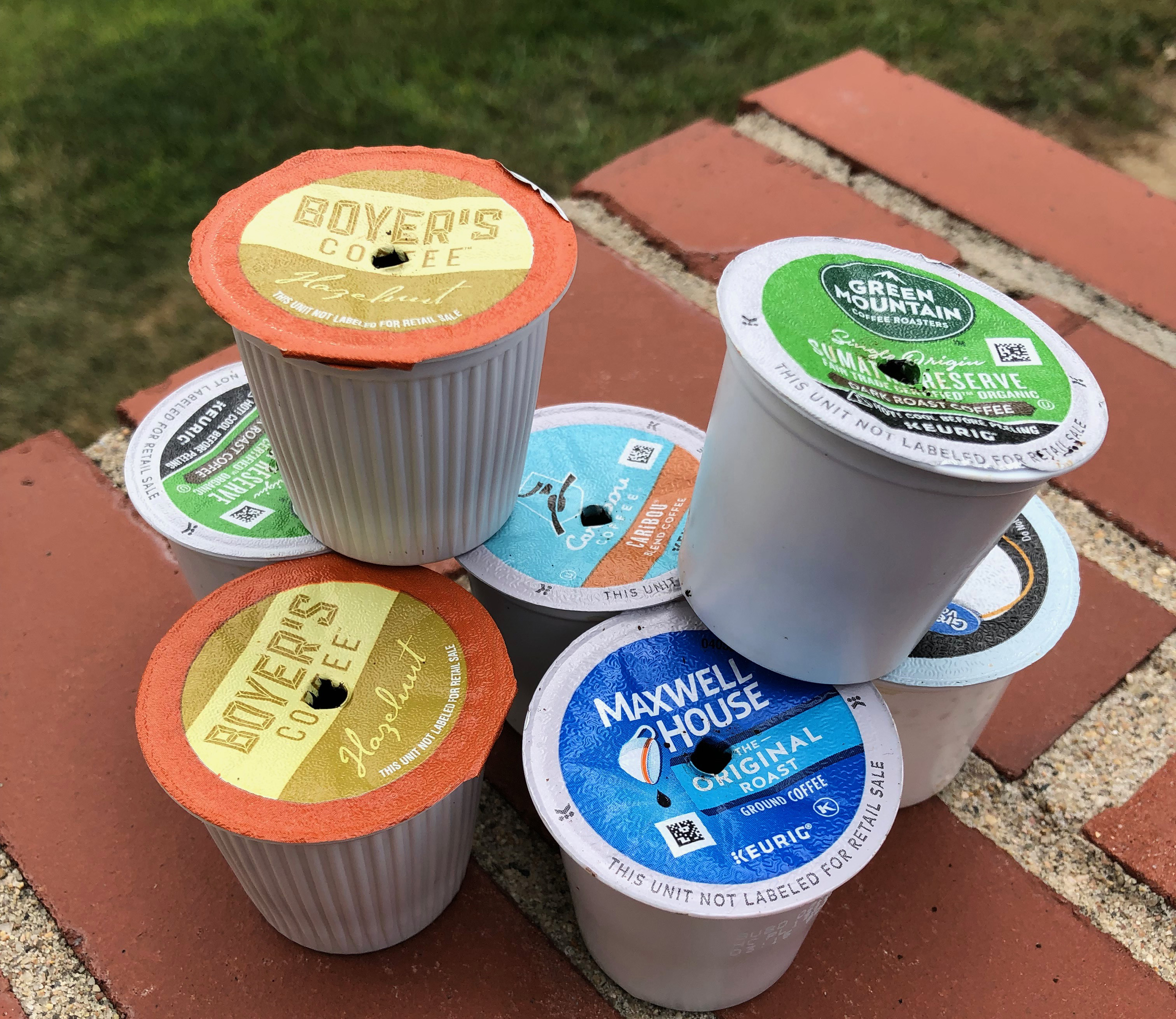
by Danny Byram | Sep 27, 2019 | christian worship, christianmusic, church, Church Leadership, Contemporary, Leadership, Liturgical, pastor, praise, Traditional, wallpaper worship, Worship, worship songs, worshipleader

Each morning I put a K-CUP in my Keurig. It produces a decent single cup of morning coffee experience. Then I prepare one for my spouse. I discard the first one and repeat the process. There have been many times I have stared at the plethora of K-CUPs in my kitchen trash, only to grieve their short-lived lives. If you have tried producing another cup of coffee with a used K-CUP, you know the results are less than satisfying. It’s as if the K-CUP says: “Hey! You already used me. I’m done. Move on!”
Modern worship song repertoire can be like that.
Worship leaders are finding it difficult to keep up with the amount of new songs coming into the marketplace. (CCLI has over 100,000 worship songs in its catalog. Spotify reports 40,000 new songs added daily.) Leaders and congregants can get frustrated because there is not enough time to repeat a song to endear it to the hearts of listeners. Too often the result is silent church-goers staring at song lyrics they heard maybe once, somewhere in their week – or was it from last week’s service? With the barrage of material coming at us, many songs are used once and then discarded. K CUP worship songs.
I recently heard of a pastor who told his music team not to use any songs that are over 6 months old. There are a lot of K-CUPs in that worship leader’s trash. I mean, when was the last time you heard the 1990s hit “Shout To The Lord” used in a worship service? Even though I may hear from someone who used it just last week (bless their heart), the point stands: Worship songs we were singing even a few years ago are long gone, out-mode, like used K CUPS: “Hey! You already used me. I’m done. Move on!”

In my WORSHIP WORSKHOP and in my book WALLPAPER WORSHIP, I emphasize the idea that worship (not simply music) is, among many things, our HERITAGE. Harkening to the past is not anti-contemporary. It is ANAMNESIS, the “art of remembering.” Realized or not, when we worship through music or other rituals, we stand on the shoulders of those who went before us.
The classic hymns were the body of song material used by Protestant churches for centuries. Though there were thousands, not all hymns survived. English hymnwriter Isaac Watts (When I Survey The Wondrous Cross, Joy To The World) wrote over 6,000 in the early 18th century. Fanny Crosby, early 20th century American (Pass Me Not O Gentle Savior, Blessed Assurance) wrote over 9,000. Though much of the hymn repertoire is gone, hundreds remain part of our modern heritage of worship music. With today’s songs so quickly discarded, I often wonder if any of our modern songs will stand the test of time? (Be Thou My Vision is cr. 9th century. How’s that for passing the test of time?)
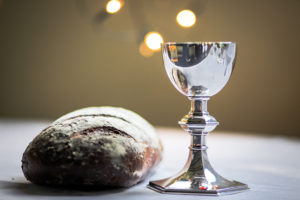
It’s not just our songs (modern or from antiquity) we’ve discarded. We’ve managed to reduce the communion sacrament to a K-CUP. When pastors fail to explain communion to worshipers, and shrink-wrapped communion cups are offered from a basket somewhere in a corner, the implied message: “Take it at your leisure. Put it under your seat or in your purse for later. Take it in the bathroom, the parking lot, wherever or whenever you want.” The only instruction we actually receive: “Make sure to properly dispose of the shrink wrap and the cup in the trash receptacles.” K-CUP Communion.
If we discard most of the songs of our faith in a few years, and we fail to lead people in worship through the richness of experiencing communion corporately, what other elements of our worship heritage are we willing to discard like K-CUPS?
“All that now is will be forgotten in the days to come.” – Ecclesiastes 2:16 (NKJV)
(Let us read your comments, whether you’re experiencing the KCUP phenomenon OR if your worship situation is balanced and fulfilling.)







